It's happening again. I can't help myself; I have never been able to. Ever since I was a kid—since my medulla oblongata tasted the fascinating concept of it—I have never let go. Is it doing me any harm? Not one bit. On the contrary, every enlightenment or discovery about it (technology) contributes to broadening my scope of understanding of it on a larger scale and fuels my passion to burn brighter.
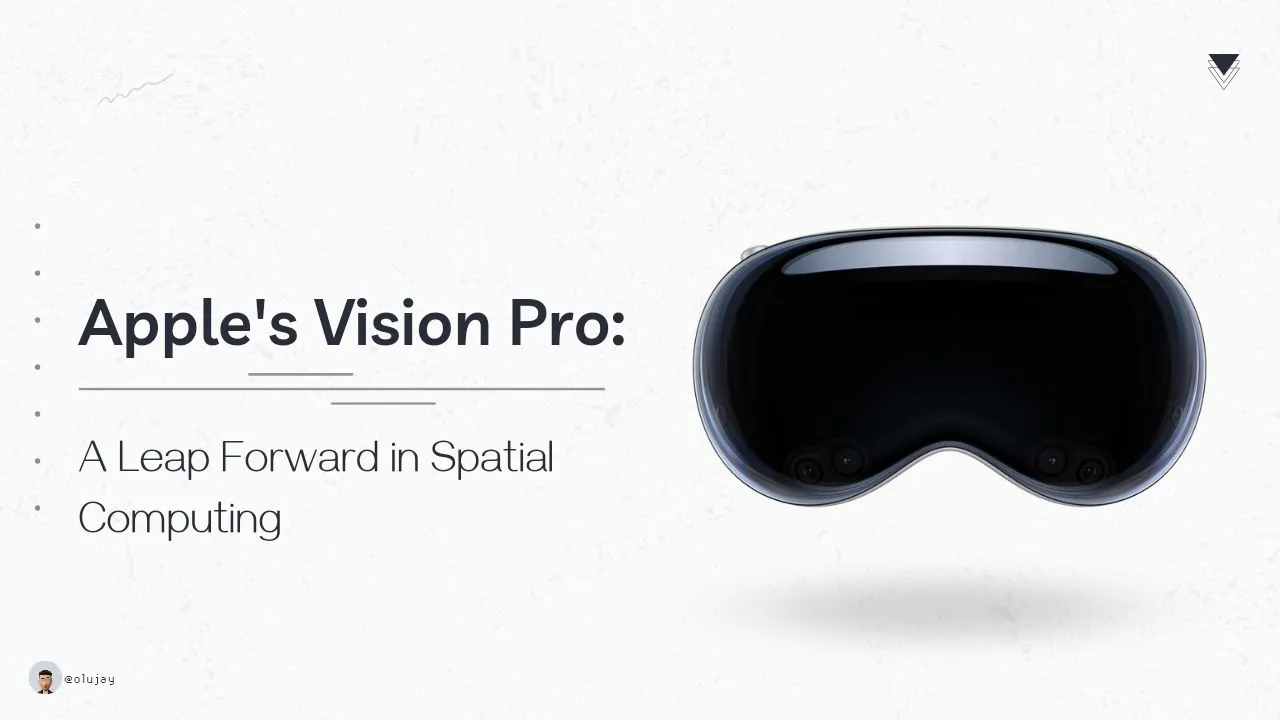
Apple just released a new product in a new category of their devices, the Apple Vision Pro, and I have been dazzled by everything I have heard about it and gawking. It's like, day in and day out, we are drawing closer and closer to a reality that's identical to the ones we see in the movies: where cars hover, powerful computers are fitted into eyeglasses, and scent signals can be transmitted like voice and video calls today. And now, we have a headset that's like none before it.
The Apple Vision Pro is fundamentally a headset—much like the popular ones that we have been seeing around—that runs virtual reality (VR) and augmented reality (AR), but it is on a whole new level as what it does is mind-blowing and absolutely fascinating.
Virtual Reality (VR) is a computer-generated environment with scenes and objects that appear to be real, making the user feel immersed in their surroundings. source
While augmented Reality (AR) is the real-time use of information in the form of text, graphics, audio, and other virtual enhancements integrated with real-world objects. source
In other words, AR allows a user to connect a virtual world to the real world, while VR users inhabit a fictional world. source
What this guy does that makes it different enough to be considered a next-level device is that it provides Mixed Reality (MR), which basically merges the physical world and the digital world. It is a blend of VR and AR. Also, with it being more than a headset with these capabilities, it does spatial computing—the ability to, you know, operate it as a computer—like having screens around you in the air and being able to interact with the screens. And one can stick to a VR world or have a blend of the digital world with their physical environments.
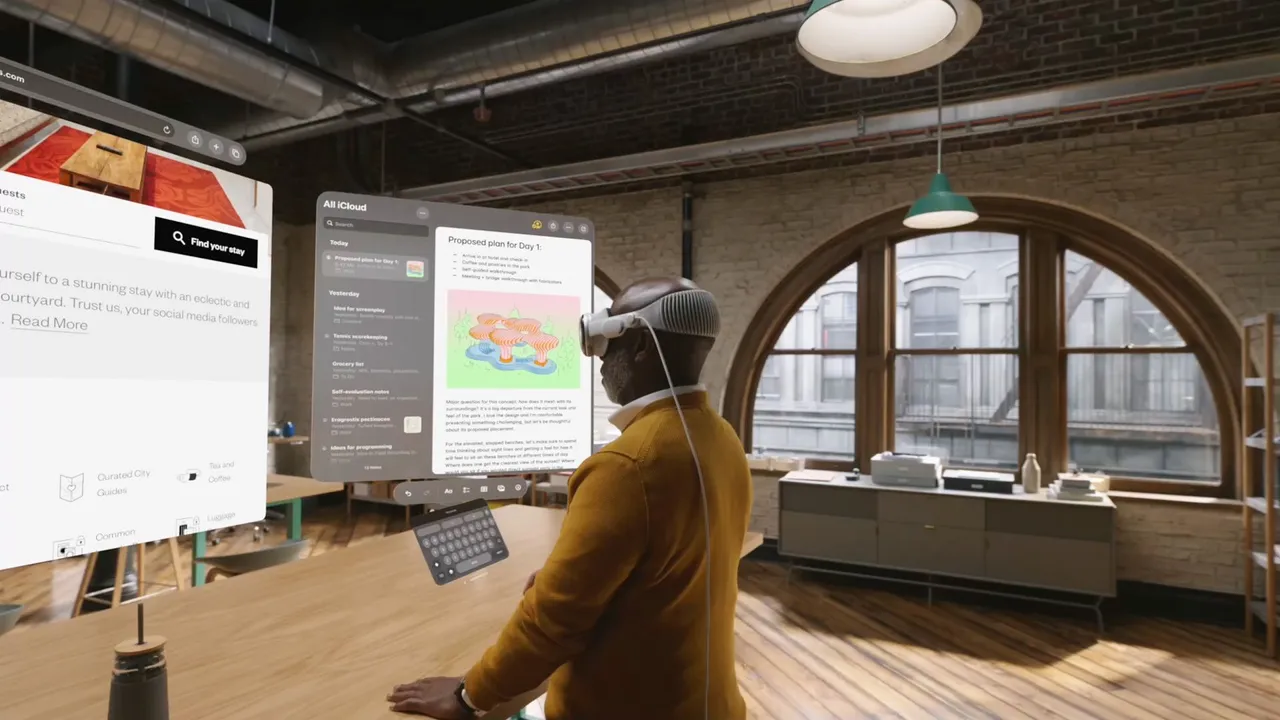
How it works is that it has quite a lot of sensors that enable it to take information from its environment for it to process and allow real-time interactions. It has internal sensors that are dedicated to tracking the eyes. And, unlike other headsets, there are physical controllers for the user to use the Vision Pro. Just the eyes, hands, and voice are used to control the headset. Pretty sleek!
The headset has this feature called passthrough mode, where one can choose to see their environment even as they are engaged in the headset. So one could be watching a movie, and they could switch from a total virtual world—say, being in space—to being able to see things around them as they do.
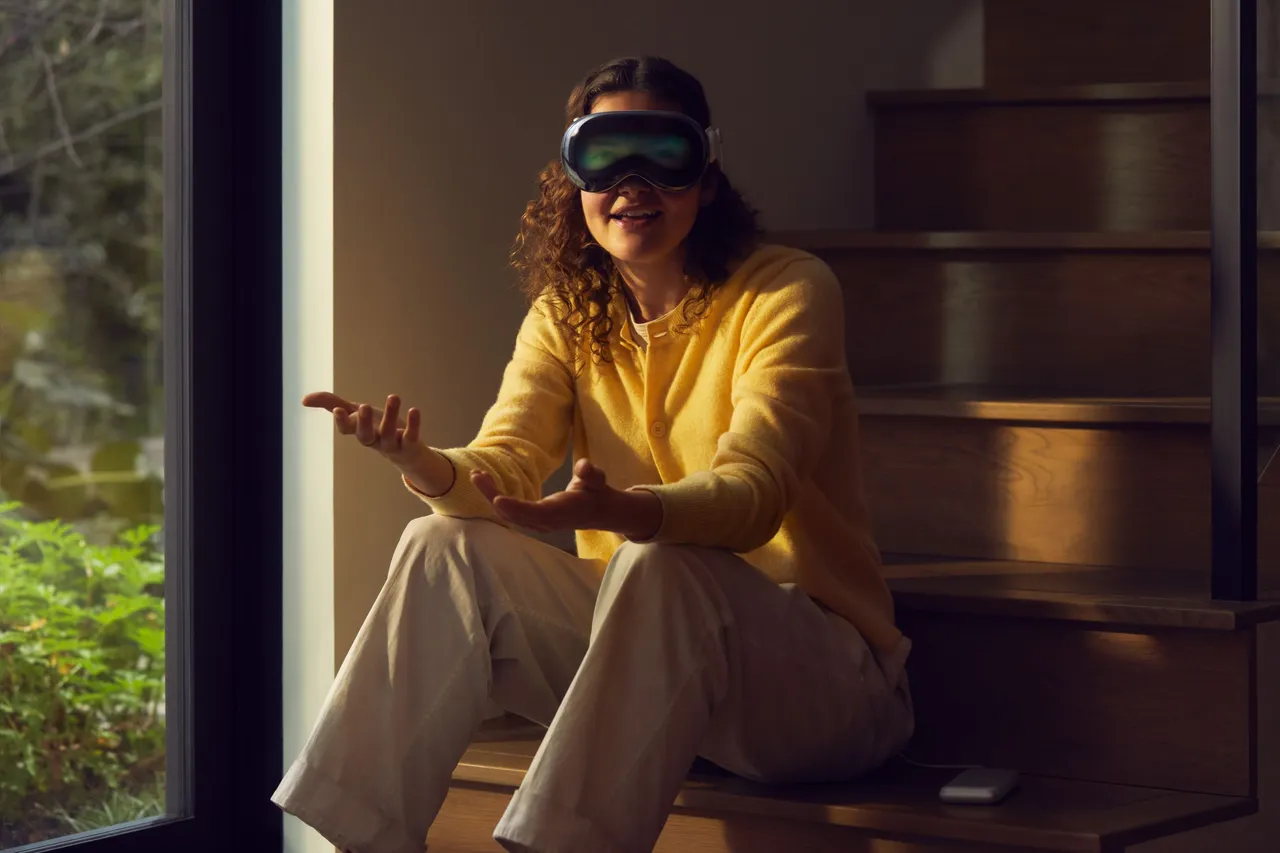
What's extra cool about this headset is that the screen faces outward. All it does is show one's eyes when they are in Passthrough mode and then show some graphics when they cannot see their environment as they are engaged in the headset. It does nothing for the user, actually, but it helps those around you know if you can see around you or not. It makes it look like the headset is transparent.
What it allows one to do, with all its capabilities, is that they could work as they normally would on a conventional computer and only use their eyes, hands, and voice to interact with it. You could use their fingers to select icons, scroll, and move things around. And you could use their eyes to navigate. It's crazy, but it's happening. All you need to do is look, and then click with your fingers to select.
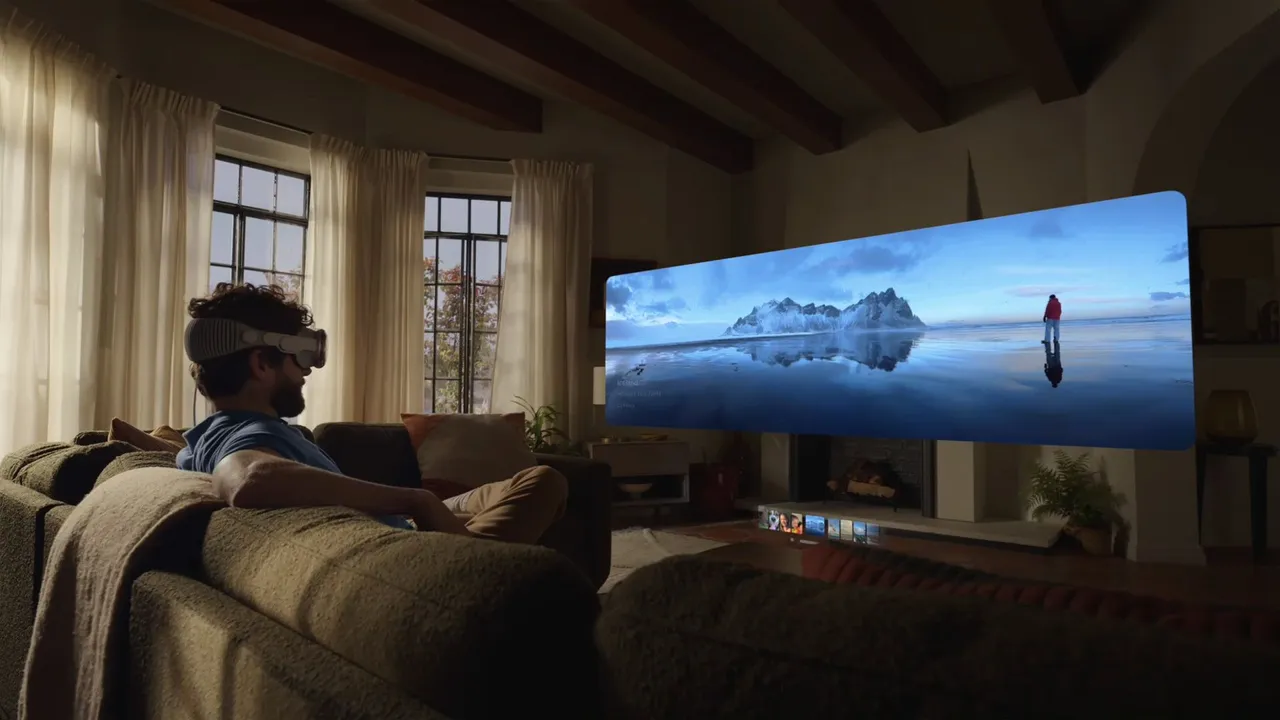
Imagine being able to watch live shows, football, and concerts from far away, but in a more immersive way, on a level that's higher than the clouds. Imagine being able to just make video calls and seeing everyone in the air in one's surroundings. That is insane and mesmerizing. Oh, wait. Now you must be wondering how video calls can be made with this bad boy.
Basically, you would be able to see others as their live videos appear, but it's different from you to them as you use the headset. The thing is, before even using the headset for the first time, one has to scan their face into it. It allows for a more personalized experience. The headset then creates a really good, identical avatar of you. That's what people see when they connect with video calls. They'd see every smile, frown, eye movement, and even head movement of yours on the avatar. It's not the same, but it's very impressive.
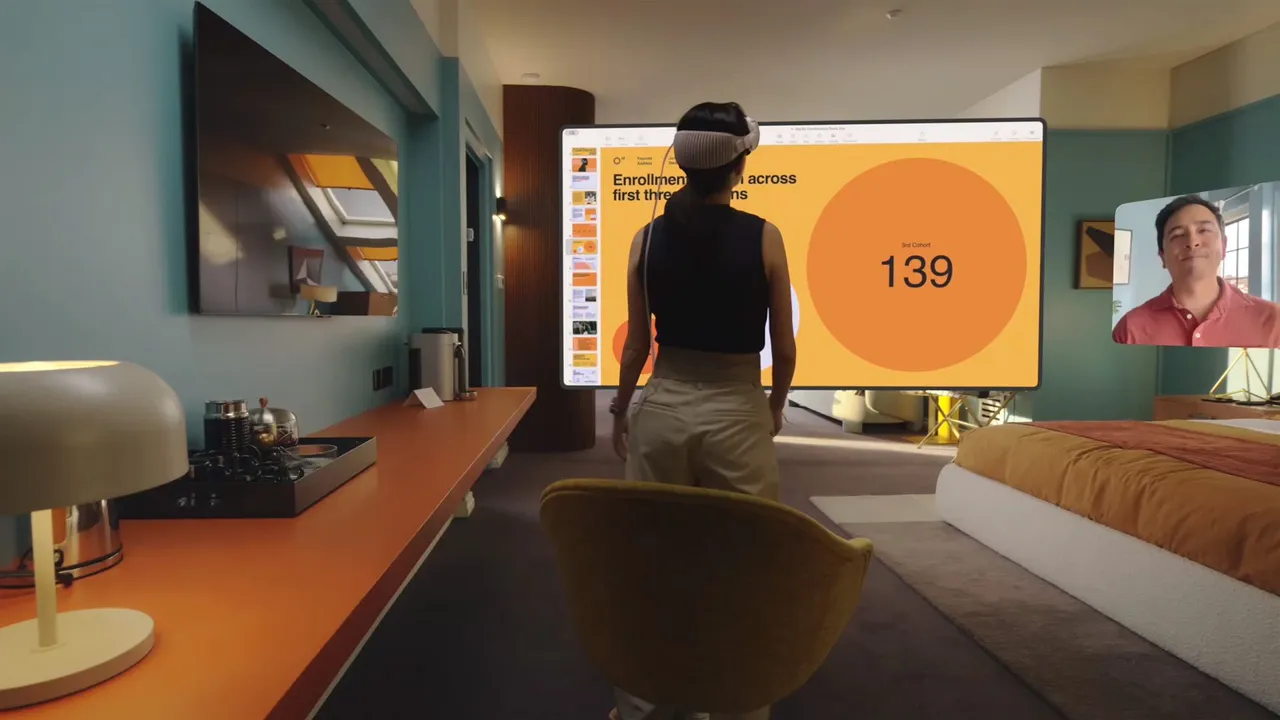
Like the other Apple devices, the headset has its own applications. For now, there are just a very few apps available, and they are the basic Apple apps. The headset, however, runs on its own operating system, which Apple calls Vision OS. In the coming year, though, there will be a ton of applications available on the Vison App Store, as developers will be working on them already.
It's very pricey. The headset costs a whopping $3499. Damn! That's enough to buy many other gadgets that I am interested in. But it sure is a tech unlike what we have seen before, so I can understand how much money went into it. Its design is not even a joke, not to mention the software and hardware developments.

By now, you already know how much of a sucker I am for this kind of thing. I cannot afford it, clearly, but you can imagine how many videos and articles I have gone through just to learn about this thing. I considered the Apple Vision Pro astounding enough that I should come tell you about it. Thank you for reading!